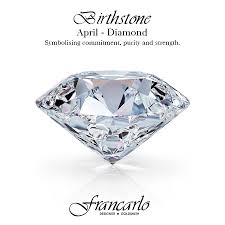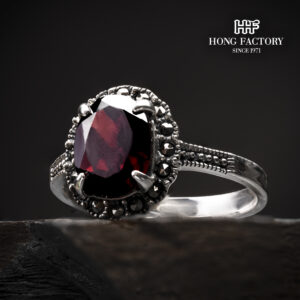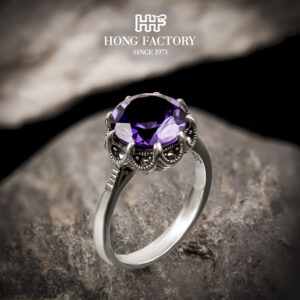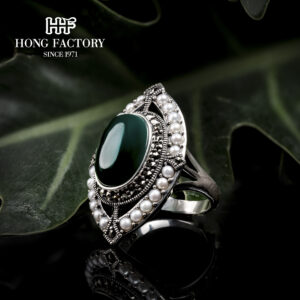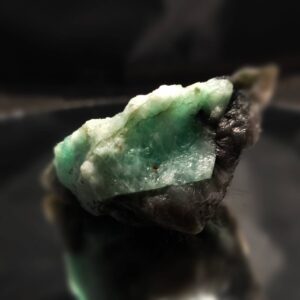Gemstones have been admired and utilized for centuries in jewelry, ornamentation, and even spiritual practices. These valuable stones are classified into two primary categories: precious and semi-precious gemstones. The distinction between these two groups is historically rooted, yet modern gemology considers multiple factors, including rarity, durability, and market demand. This article delves into the classification of gemstones, the characteristics that define precious and semi-precious stones, and how they are valued.
Classification of Gemstones: Precious vs. Semi-Precious
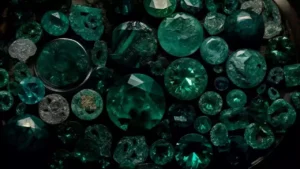
Understanding the Classification of Gemstones
The traditional classification of gemstones into precious and semi-precious categories dates back to ancient times. Historically, gemstones were categorized based on their perceived rarity and value. The classification remains in use today, although advancements in gemology have led to more detailed evaluation criteria beyond this simple distinction.
What Are Precious Gemstones?
Precious gemstones are a select group of gems known for their rarity, exceptional beauty, and superior hardness. Traditionally, only four gemstones are classified as precious:
1. Diamond
Diamonds are the hardest naturally occurring substance on Earth, scoring a perfect 10 on the Mohs hardness scale. Their brilliance, fire, and durability make them highly desirable for fine jewelry.
2. Ruby
Rubies, composed of the mineral corundum, are prized for their rich red hue, which is due to traces of chromium. High-quality rubies are among the most valuable gemstones, especially those with deep, vivid color and excellent clarity.
3. Sapphire
Sapphires, another form of corundum, are most commonly associated with deep blue hues, though they exist in various colors except red (which would be classified as a ruby). They are known for their hardness and brilliance.
4. Emerald
Emeralds, a variety of beryl, are valued for their lush green color, caused by traces of chromium and vanadium. These gemstones are often included with internal flaws, which are tolerated more in emeralds than in other gemstones due to their rarity.
What Are Semi-Precious Gemstones?
Semi-precious gemstones encompass all other gemstones outside the four traditionally classified as precious. This category includes a wide variety of minerals and organic materials that possess beauty and significance but are generally more abundant than precious gemstones.
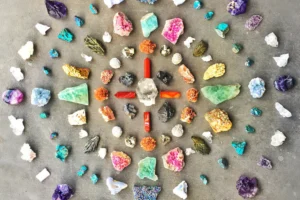
Popular Semi-Precious Gemstones:
- Amethyst – A purple variety of quartz known for its affordability and stunning color.
- Topaz – Found in a range of colors, from blue to yellow to pink, and often associated with strength and healing properties.
- Peridot – A green gemstone formed in volcanic activity, often associated with prosperity.
- Tourmaline – Known for its wide range of colors, including bi-colored varieties.
- Garnet – Typically red, though it comes in many other colors, and is often associated with passion and energy.
- Aquamarine – A blue or greenish-blue member of the beryl family, related to emeralds.
- Citrine – A yellow to orange variety of quartz, valued for its warm tones and affordability.
Key Differences Between Precious and Semi-Precious Gemstones
The distinction between precious and semi-precious gemstones is based on several factors:
1. Rarity
Precious gemstones are significantly rarer than most semi-precious stones. Their limited availability in nature makes them more desirable and expensive.
2. Durability
Hardness is a key factor in classification. Precious gemstones typically have high durability, with diamonds ranking the hardest. Semi-precious gemstones vary in hardness, with some being quite delicate (e.g., opal and turquoise).
3. Market Value
Precious gemstones command higher prices due to their rarity and demand in fine jewelry. However, some high-quality semi-precious gemstones, such as rare varieties of tourmaline or alexandrite, can be extremely valuable.
4. Perceived Prestige
Historically, precious gemstones have been linked to royalty, wealth, and status, whereas semi-precious gemstones, though beautiful, have generally been more accessible to a wider audience.
Modern Perspectives on Gemstone Classification
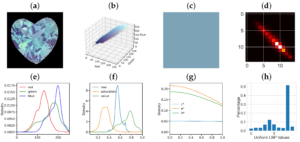
Although the distinction between precious and semi-precious gemstones is still widely used, modern gemologists and jewelers often evaluate gemstones based on their unique properties rather than traditional labels. Factors such as origin, treatment, clarity, and color intensity now play a more significant role in determining a gemstone’s value than the outdated classification system.
Why This Classification Still Matters
Despite its limitations, the precious vs. semi-precious classification continues to influence consumer perception and the jewelry industry. Many buyers associate precious gemstones with superior quality and investment potential, while semi-precious gemstones are often sought after for their variety and affordability.
The classification of gemstones into precious and semi-precious categories has historical significance, but modern gemology considers a broader range of factors when evaluating a gemstone’s worth. While diamonds, rubies, sapphires, and emeralds remain the most prized, many semi-precious gemstones hold exceptional beauty and value in their own right. Whether choosing a gemstone for investment, personal adornment, or spiritual significance, understanding the differences between these categories can help buyers make informed decisions.

